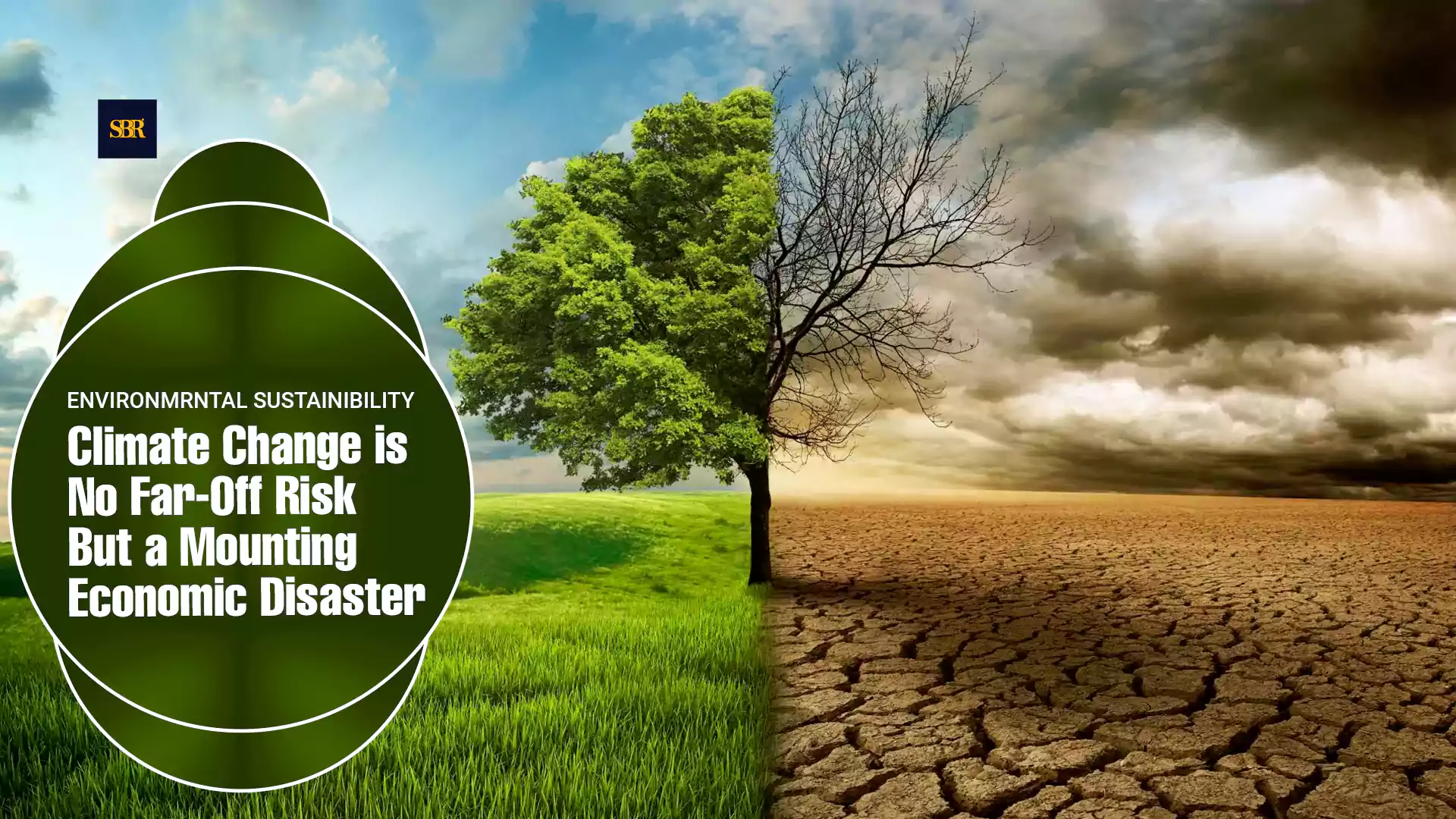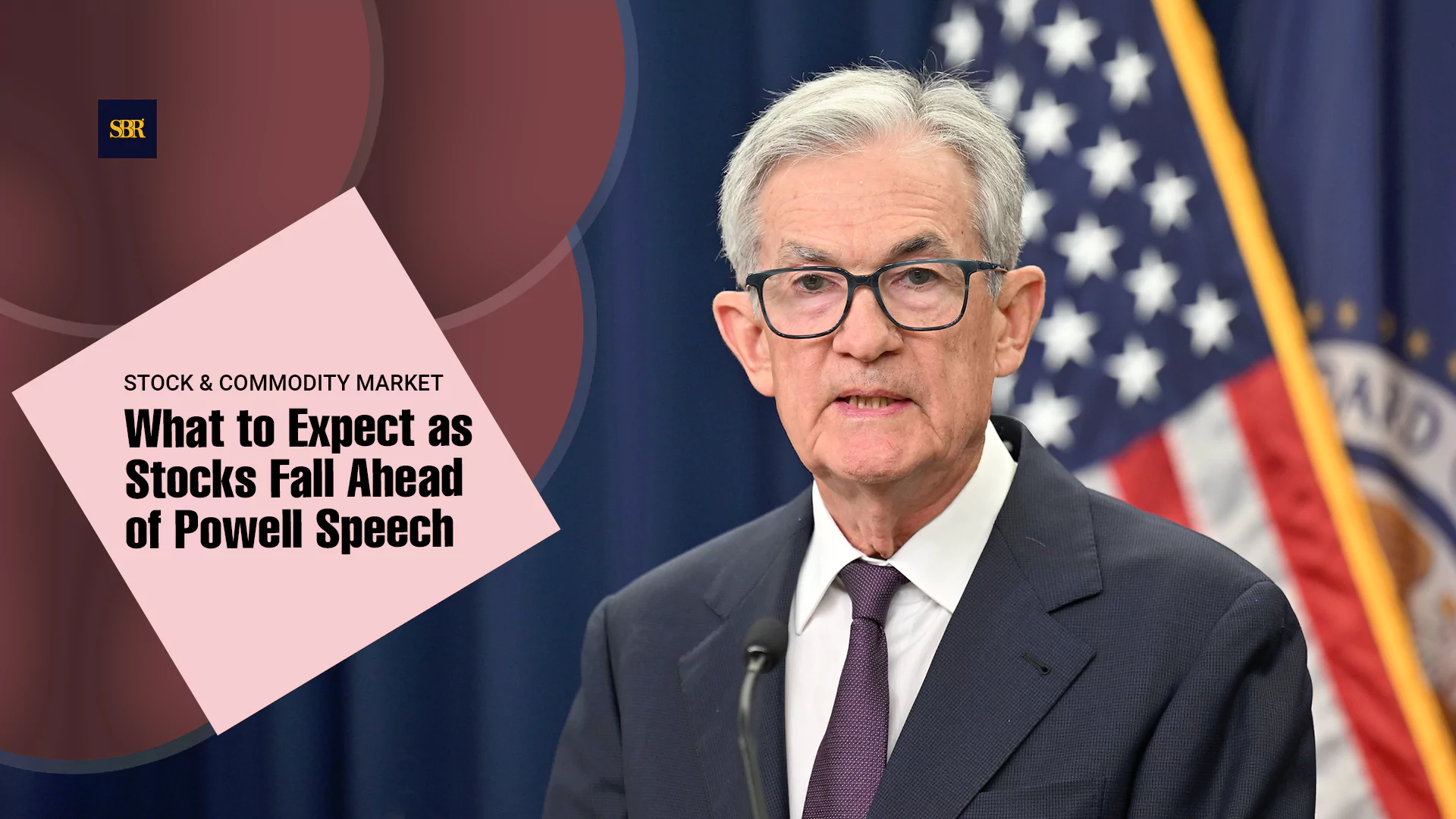Why the United States Has Become the Top Recipient of Chinese Loans
More than $200 billion in Chinese state-backed loans have gone into U.S. projects over the past two decades. This trend indicates a shift in global lending and raises questions about strategic influence.

(Photo: SBR)
BEIJING / WASHINGTON, Nov. 18, 2025 — Between 2000 and 2023, the United States received more Chinese state-backed loans than any other country, totalling over $200 billion, according to AidData. This marks a striking departure from the conventional view of China as a lender focused mainly on developing nations. Over the same period, China’s total official lending, including grants, reached $2.2 trillion across more than 200 countries.
The shift in lending patterns is significant. In 2000, nearly 88 percent of Chinese loans went to low- and lower-middle-income countries. By 2023, that share had dropped to just 12 percent, with the bulk of new financing directed to upper-middle and high-income nations. Analysts say this reflects a deliberate strategy to target projects with both economic and strategic value rather than a random change in priorities.
What is China Funding in the United States?
Chinese banks have financed a broad range of projects across energy, infrastructure, transport, and technology. In Texas and Louisiana, liquefied natural gas plants have benefited from state-backed credit. Pipelines such as the Matterhorn Express and Dakota Access have also received funding, while major data centers in Northern Virginia and airport terminals at JFK in New York and LAX in Los Angeles illustrate the reach of Chinese loans into critical infrastructure.
Fortune 500 companies including Amazon, Boeing, Tesla, and Disney have tapped Chinese financing for various investments. Some funds have also helped Chinese firms acquire high-tech U.S. companies in sectors like semiconductors and biotechnology. Brad Parks, lead author of the AidData study, notes that the lending often focuses on critical infrastructure and high-tech assets, highlighting a mix of economic interest and strategic positioning.
Why Chinese Loans Flow to the United States
Wealthy Markets and Valuable Assets: The United States offers a combination of wealthy markets and critical infrastructure and technology assets. By directing loans to these areas, China gains the opportunity to participate in projects that deliver both economic return and strategic significance.
Strategic Sectors in Focus: Analysts say the shift reflects China’s broader global lending strategy, prioritizing high-income nations and sectors with long-term value. Energy, transportation, and advanced technology appear central to this approach, allowing Chinese state-backed banks to build influence in areas that matter most to the U.S. economy.
Could This Pose a Strategic Risk?
Some observers warn that the loans could carry implications beyond finance. A portion of Chinese funding is routed through offshore shell companies in the Cayman Islands, Bermuda, and Delaware, making it difficult to trace the origin of the funds.
Brad Parks emphasizes that many loans are focused on high-value infrastructure and technology projects. The combination of opaque financing and strategic asset acquisition could give Beijing leverage in sectors critical to the U.S. economy. Analysts say regulators and policymakers may need to consider both the economic and geopolitical dimensions of these loans, as some may carry strategic significance despite appearing purely commercial.
Over two decades, the United States has shifted from being a critic of Chinese lending abroad to one of its largest beneficiaries. Funding flowing into high-tech, energy, and infrastructure projects illustrates a new phase in China’s global financial strategy. As this trend continues, it could reshape how policymakers, regulators, and investors understand the intersection of finance and strategic influence in the United States.
The United States has received more Chinese state-backed loans than any other country, totalling over $200 billion.
Inputs from Diana Chou
Editing by David Ryder







